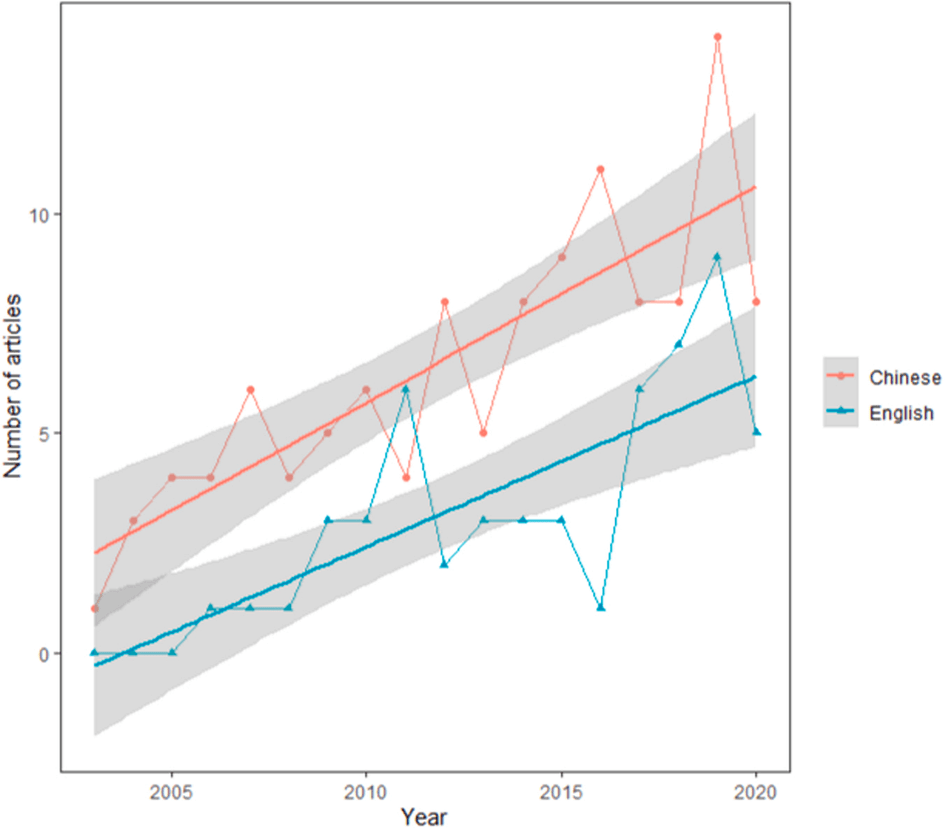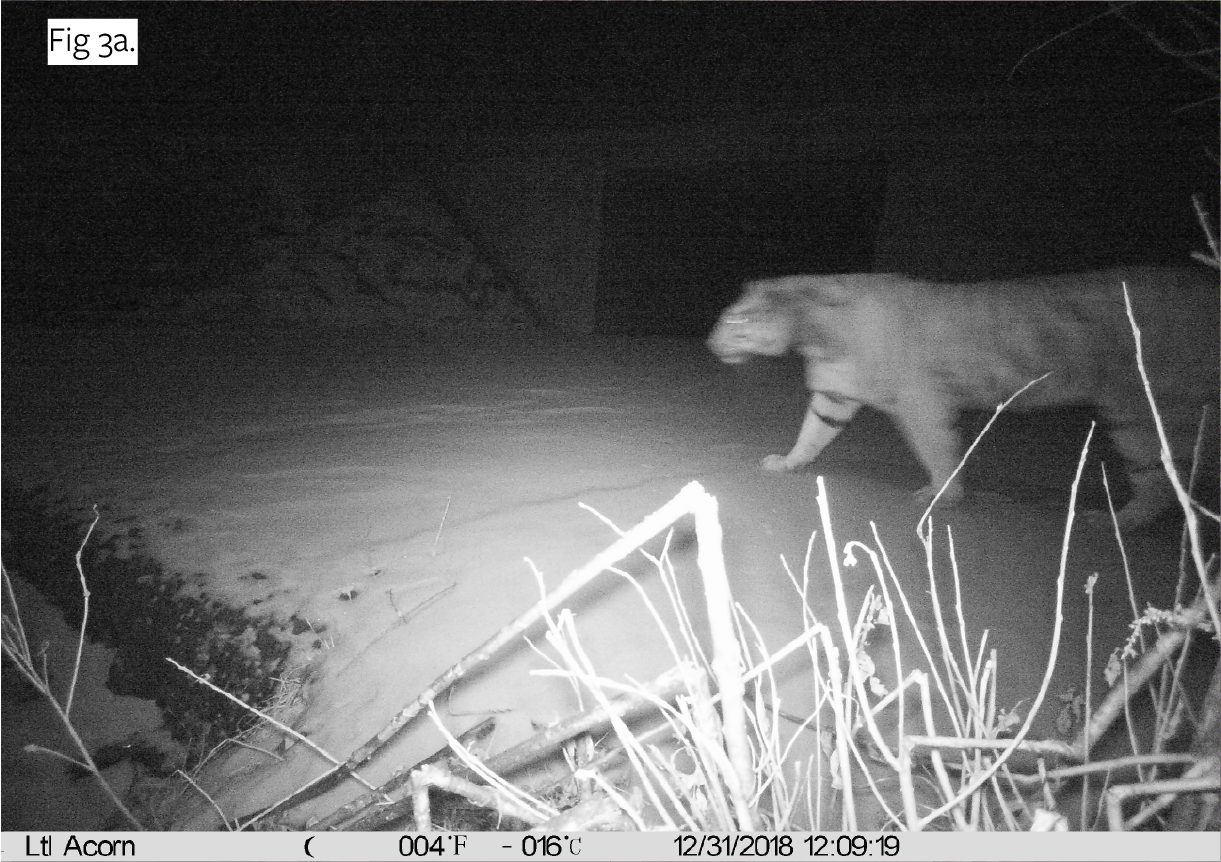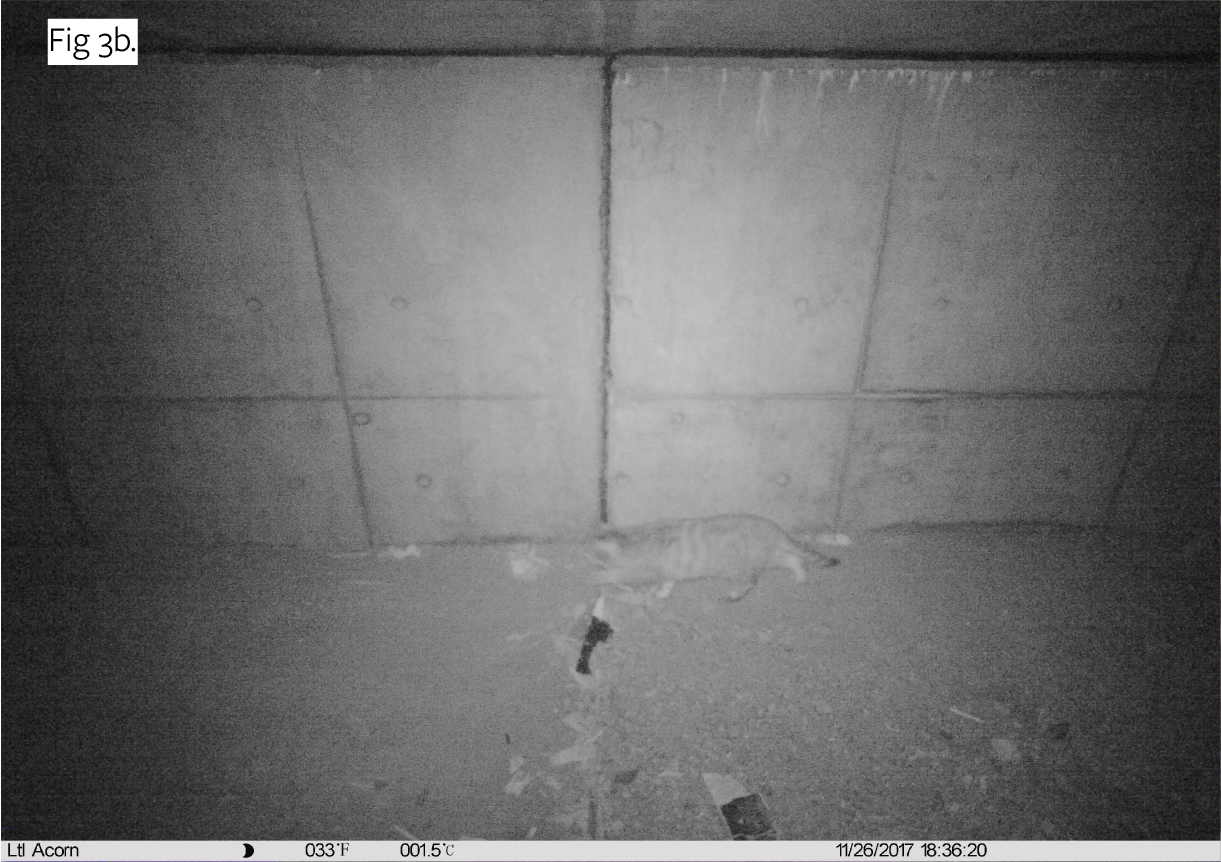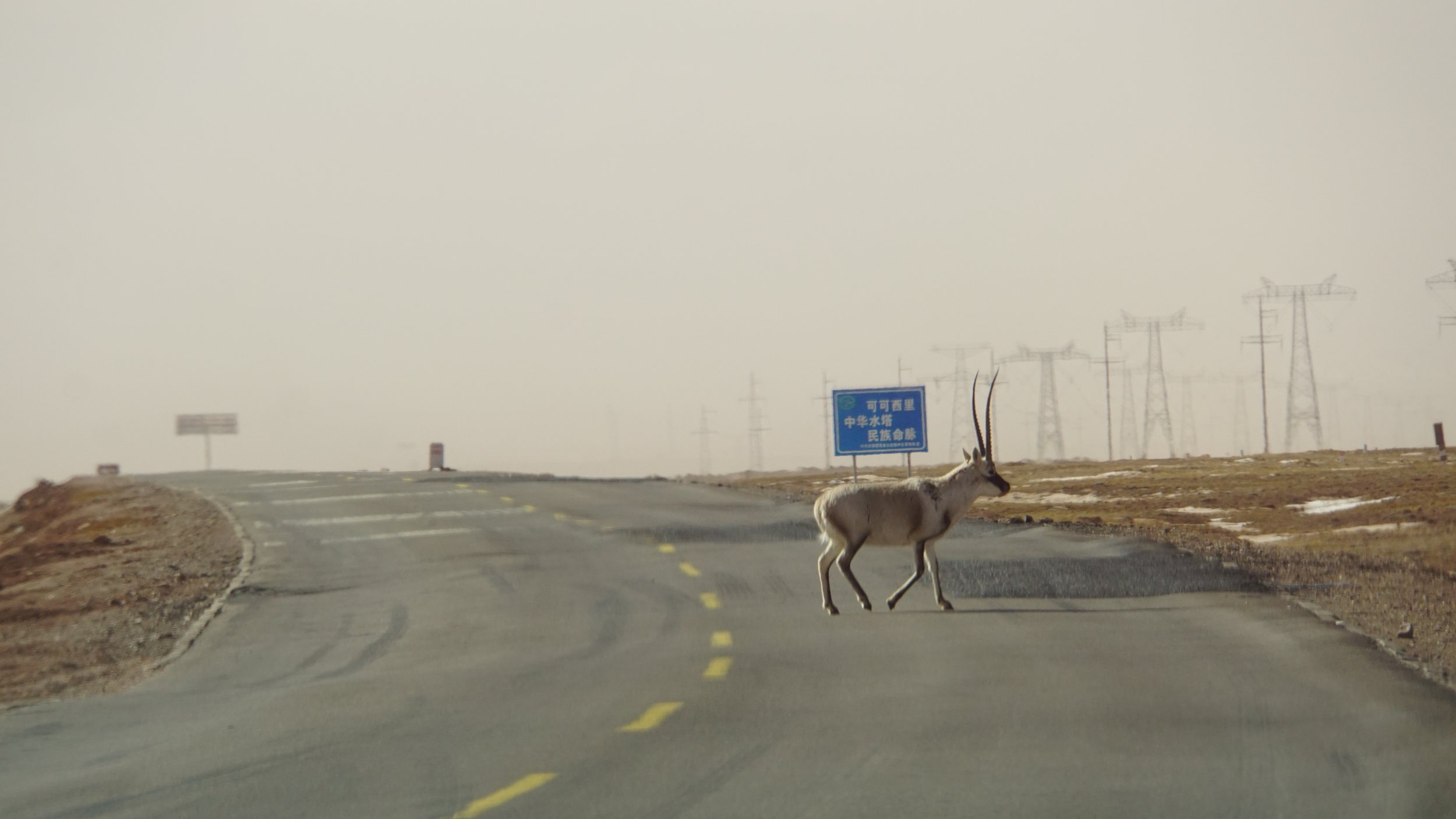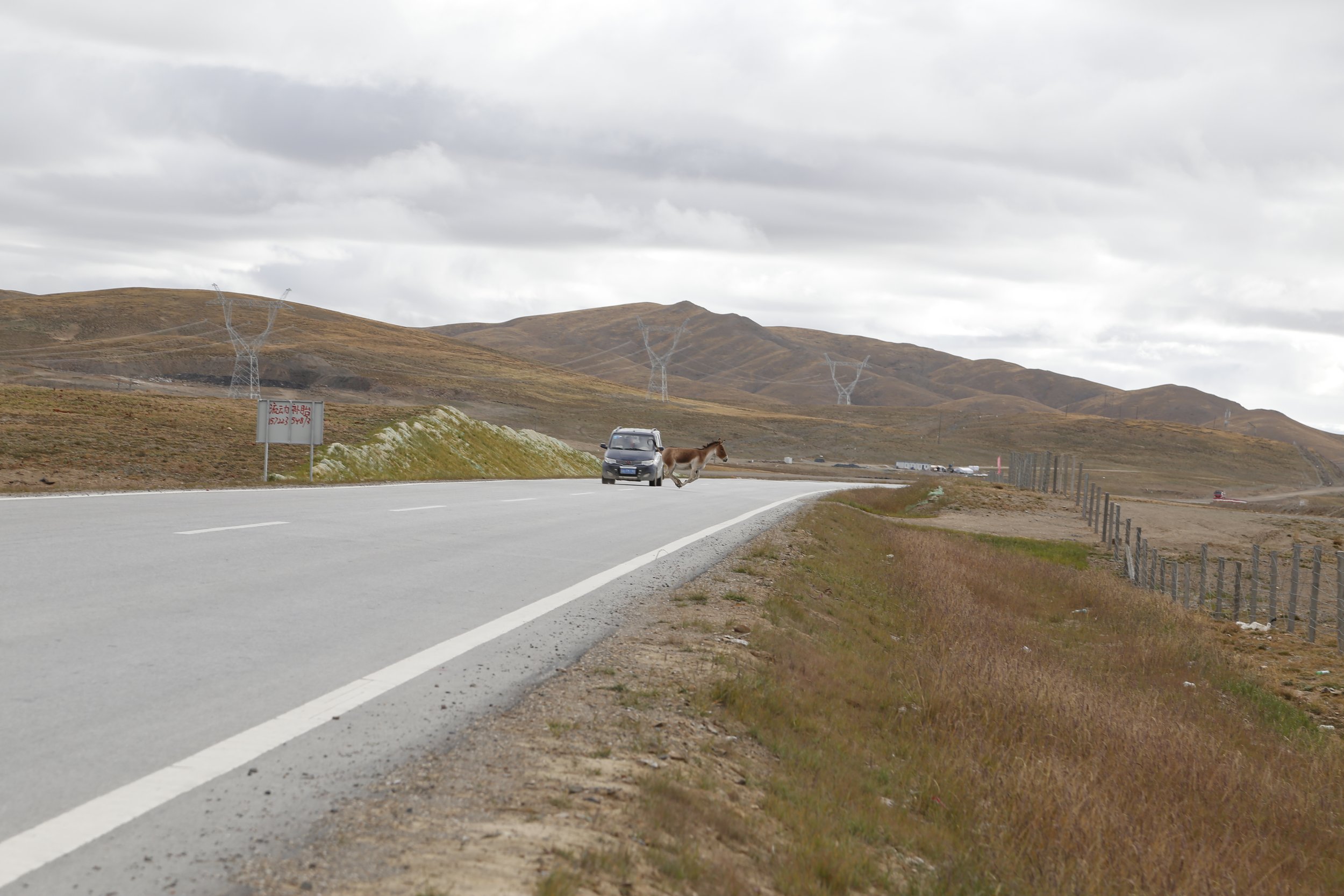Impacts of Roads on Wildlife and Conservation in China
Written By Yun Wang
Research Centre for Environment Protection and Water and Soil Conservation, China Academy of Transportation Sciences
25th August 2022
The need for road ecology research in China is urgent
The biodiversity of China is one of greatest in the world. China has 673 mammal, 1372 bird, 408 amphibian, and 461 reptile species, representing about 12 %, 13 %, 4 %, and 4.5 % of their respective groups worldwide. In addition, 150 mammal, 77 bird, 272 amphibian, and 143 reptile species are endemic to China. Alarmingly, our biodiversity is also one of the most threatened in the world, and habitat loss and fragmentation caused by linear transport infrastructure is a major threat.
China has more than 5,280,700 km of highways, 117,000 km national expressways and 40,000 km high-speed railways, plus extensive smaller road and rail networks. Based on current plans, the high-speed railway and expressway networks will reach 70,000 km and 160,000 km by 2035, respectively.
In addition, China’s Belt and Road Initiative (BRI) will cross terrestrial and marine biodiversity hotspots around the world which contain over 4138 animal species, which means that studies on the impacts of LTI on wildlife and effective countermeasures are urgently needed. In January 2022, guidelines on ecological protection for BRI projects was issued by the Chinese government, stipulating that international standards to protect ecological environments during infrastructure construction should be adopted.
Road ecology research and practice is growing strongly in China
Two strategic documents that were issued by the Chinese Central Government in 2019 and 2021 projected that, by the mid-21st century, the road network of China will rank at the forefront of ecological and sustainable transport networks globally. To assess this goal and direct future projects in China and for BRI, it is necessary to summarize existing research, benchmark this research against international standards, and propose development directions and strategies for road ecology in China.
In this study, we searched for peer-reviewed papers published before 2020 in both Chinese and international databases. A total of 170 academic articles were collected, including 54 papers in English and 116 papers in Chinese (Figure 2). The first paper was published in 2003, and the number published each year has grown consistently.
The majority of published papers were from the Qinghai-Tibet region (43), followed by South China (26), Central China (24), Northeast China (19), Southwest China (18), and finally North China with the least (4) (Fig. 1). Most studies focused on roads, but some addressed railways, of which the Qinghai-Tibet Railway occupied half. The most researched taxa were mammals, including the Tibetan antelope, Siberian tiger, and Asian elephant (Fig 3, Fig 4), the number of bird research papers was less than half that of mammal research papers, and even fewer amphibian and reptile studies.
Figure 1. Map showing zoogeographical regions in China and number of associated publications
Figure 2. Number of peer reviewed road ecology research publications in China each year.
Lack of research on the impact of road on wildlife
Although the steadily growing research on the impacts of road on wildlife has been carried out in different regions of China, large knowledge gaps still exist. These include:
1) Although road has been shown to greatly impact rare and endangered species, comprehensive studies in China on the impact of roads and traffic on populations, behaviours, and movements of animals are lacking.
2) The impact of roadkill on wildlife cannot be assessed at the national level because existing roadkill data are only available in scattered datasets that cover short time periods and small areas.
3) DNA methods and GPS collars are rarely used in China, and thus the barrier effects of road on wildlife are generally not evaluated satisfactorily.
4) The dynamics and mechanisms of changes in animal behaviour caused by road are rarely studied.
5) Few studies have systematically and comprehensively considered the combined impacts of habitat loss, roadkill, behavioural, and barrier effect impacts of road. Furthermore, the cumulative effects of roads on wildlife populations are unclear.
Figure. 3. Many iconic and endemic wildlife species have used crossing structures in China. Figure 3a. Siberian Tiger approaching a culvert in Tiger and Leopard National Park, Northeast China. Figure 3b. Pallas’ cat using a culvert along G7 expressway, Neimenggu-Xinjiang region. Figure 3c. Asian elephant using the habitat on top of the tunnel along Sixiao expressway, South China. Figure 3d. Tibetan antelopes crossing under a bridge along Qinghai-Tibet highway, Qinghai-Tibet region.
The effectiveness of wildlife preservation measures on roads are still largely unknown
There are several specific protection methods that need further research and assessment If China is to achieve its goal of becoming a world leader in road ecology by 2050:
1) Route selection of new roads and railways should consider wildlife habitat connectivity in order to effectively avoid important wildlife habitats and linkages.
2) Few studies have focused on the design of WCS for amphibians and reptiles and case studies of canopy crossings and overpasses are lacking.
3) At present, efforts to monitor WCS have been insufficient, with too few monitoring samples/sites, short monitoring times, few monitored species, and a lack of studies at the genetic level.
4) With the development of natural protection systems in China, there is a lack of comprehensive research regarding wildlife conservation surrounding roads.
5) There is no published national code to standardise wildlife protection on road projects in China.
Figure 4. Tibetan antelope (a) and Kiang (b) are crossing road in China
Future research direction
Although road ecology is relatively new in China, more and more research is being conducted. Synchronously, many kilometers of ‘green’ roads (e.g. lower emissions during construction and operation, lower ecological impacts, aesthetically pleasing and within the carrying capacity of the local environment) will soon be constructed in China. Recently, the Second United Nations Global Sustainable Transport Conference was held in Beijing, and the Chinese government issued the ‘Report on Sustainable Transport in China’, wherein road ecology was an important focus. Road ecology will be an important research sector in China as its road and rail network rapidly expands. In the future, China should carry out comprehensive, multi-disciplinary, cross-departmental research at the national level. This can be achieved by establishing a unified national data integration platform and actively integrating it into international research platforms.
Author information:
Yun Wang. China Academy of Transportation Sciences. Research Center for Environment Protection and Water and Soil Conservation, China Academy of Transportation Sciences, Beijing 100029, China
Source:
Wang Y, Qu JP, Han YS, Du LX, Wang MY, Yang YG, Cao GH, Tao SC, Kong YP. (2022) Impacts of linear transport infrastructure on terrestrial vertebrate species and conservation in China. Global Ecology and Conservation. 38, e02207. https://doi.org/10.1016/j.gecco.2022.e02207
Editor:
Rodney van der Ree
Cite this summary:
Wang, Y. (2022). Impacts of road on wildlife and conservation in China. Edited by van der Ree, R. TransportEcology.info, Accessed at: https://transportecology.info/research/ impacts-of-roads-china [Date accessed].



